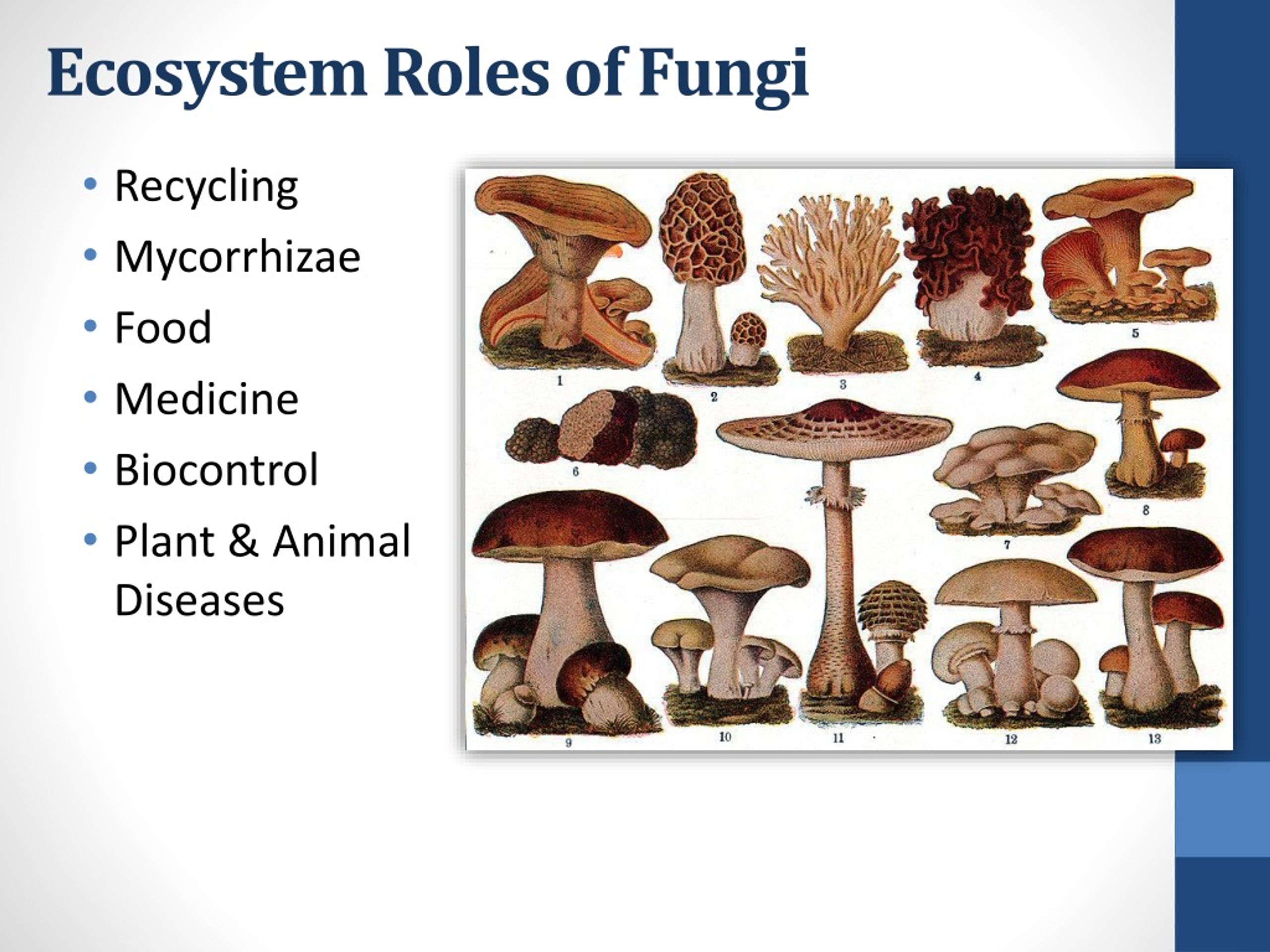In the intricate tapestry of life on Earth, fungi emerge as indispensable organisms that play multifaceted roles in various ecosystems. Diverse in their forms and functions, fungi can be classified into numerous categories based on their morphology, reproductive strategies, and ecological roles. The significance of fungi extends beyond mere decay; they are pivotal drivers of nutrient cycling, symbiotic relationships, and even disease dynamics. Given the vast breadth of fungal diversity, it is essential to delineate their various types and the ecological niches they occupy.
The World of Fungi: A Diverse Taxonomy
Fungi encompass an estimated 1.5 million species, yet only a fraction has been described scientifically. This kingdom includes five primary divisions, or phyla: Ascomycota, Basidiomycota, Chytridiomycota, Zygomycota, and Glomeromycota, each demonstrating distinct life cycles, habitats, and adaptations.
Ascomycota: The Sac Fungi
Ascomycota, commonly known as sac fungi, represent the largest group of fungi, comprising around 75% of all known species. They are characterized by their production of spores within a sac-like structure known as an ascus. This group includes yeasts, truffles, and many pathogens. Ascomycota exhibit incredible versatility, thriving in a myriad of environments, from aquatic habitats to extreme terrestrial niches.
These fungi play critical roles in decomposition and nutrient cycling. They break down complex organic materials, including cellulose and lignin, contributing significantly to soil health. Yeasts, a vital subgroup of Ascomycota, have been harnessed in various biotechnological applications, including fermentation in the production of bread, beer, and wine.
Basidiomycota: The Club Fungi
Basidiomycota, often referred to as club fungi, comprise familiar species such as mushrooms, puffballs, and shelf fungi. They are noted for their distinctive reproductive structures with basidia that produce basidiospores. This group encompasses both beneficial and detrimental species, including mycorrhizal fungi that form symbiotic relationships with plants and pathogens that impact agriculture.
One of the most ecologically significant roles of Basidiomycota is their involvement in wood decay. Species like the polypore fungi contribute to the breakdown of lignin and cellulose found in woody tissues, thereby facilitating the recycling of nutrients back into the ecosystem. Their interactions with plant roots enhance nutrient uptake, promoting plant health and biodiversity.
Chytridiomycota: The Aquatic Fungi
Chytridiomycota, or chytrids, represent the most ancient lineage of fungi, with primarily aquatic species. They are particularly noteworthy for their unique reproductive strategies, often involving motile spores with flagella. These fungi are primarily decomposers, contributing to the breakdown of organic matter in aquatic environments. However, certain chytrids have emerged as significant pathogens, impacting amphibian populations globally and raising concerns regarding biodiversity and conservation.
Zygomycota: The Conjugated Fungi
Zygomycota, known for their ability to undergo zygotic meiosis, includes species primarily associated with soil and decaying organic materials. These fungi are characterized by their fast growth and ability to reproduce asexually through sporangiospores. Certain members of this phylum, such as Rhizopus stolonifer, are notorious for causing food spoilage.
The ecological role of Zygomycota is predominantly as decomposers, contributing to organic matter breakdown. However, their role in soil health is profound, as they assist in the decomposition of organic waste, enriching soil fertility and promoting plant growth.
Glomeromycota: The Mycorrhizal Fungi
Glomeromycota, while less diverse than the other phyla, are crucial to terrestrial ecosystems due to their exclusive formation of arbuscular mycorrhizal associations. These fungi form symbiotic relationships with the roots of approximately 80% of terrestrial plants, facilitating enhanced nutrient uptake, particularly phosphorus.
The mutualistic interaction between mycorrhizal fungi and plants has far-reaching implications for ecosystem dynamics. Enhanced nutrient acquisition not only aids plant growth but also contributes to soil stability and fertility. As such, Glomeromycota play a vital role in maintaining the health of terrestrial ecosystems, particularly in nutrient-poor environments.
Ecological Dynamics: Fungal Interactions within Ecosystems
Fungi are integral components of ecosystems, influencing community dynamics through various interactions with other organisms. These interactions can be classified into three primary categories: decomposers, mutualists, and pathogens.
Decomposers: Nature’s Recyclers
Fungi are the premier decomposers of organic matter in terrestrial ecosystems. By breaking down complex organic materials, they recycle carbon, nitrogen, and other essential nutrients back into the soil. This process of decomposition is crucial for maintaining soil health, supporting plant growth, and sustaining food webs. Fungal decomposition helps in transforming organic materials into humus, which is vital for maintaining soil structure and fertility.
In forest ecosystems, fungi contribute significantly to the decomposition of leaf litter and woody debris. This not only facilitates nutrient cycling but also promotes biodiversity by creating a habitat for other organisms, thereby enhancing ecosystem stability.
Mutualistic Associations: Partnerships for Life
The mutualistic relationships between fungi and other organisms are of paramount significance. Mycorrhizal associations with plants, as mentioned earlier, exemplify such beneficial interactions. Mycorrhizal fungi enhance plants’ nutrient uptake while receiving carbohydrates produced through photosynthesis.
Additionally, lichens, which are symbiotic associations between fungi and algae or cyanobacteria, represent another fascinating mutualistic relationship. Lichens are pivotal in colonizing bare substrates, initiating soil formation, and contributing to ecosystem resilience in harsh environments. They enhance biodiversity and serve as bioindicators of environmental health due to their sensitivity to pollutants.
Pathogens: The Dark Side of Fungal Ecology
Despite their numerous benefits, certain fungi are opportunistic pathogens. They can cause diseases in plants, animals, and humans, leading to significant ecological and economic repercussions. Plant pathogens such as rusts, smuts, and wilt fungi devastate crops and natural vegetation, affecting food security and disrupting ecosystems.
Animal-pathogenic fungi, like the chytrid Batrachochytrium dendrobatidis, have precipitated severe declines in amphibian populations worldwide, emphasizing the delicate balance within ecosystems and the potential ramifications of pathogenic fungi on biodiversity.
Conclusion: Fungi as Ecological Pillars
In summary, fungi stand as fundamental pillars in ecological systems, influencing nutrient cycling, forming symbiotic relationships, and contributing to biodiversity. From their diverse classifications to their critical ecological roles, fungi’s complexities reveal a fascinating interplay within ecosystems. Understanding and preserving this diversity is imperative for maintaining ecological balance and ensuring the sustainability of our environment. The continued study of fungi will yield vital insights into ecosystem functioning and resilience, fostering a deeper appreciation for these remarkable organisms.
